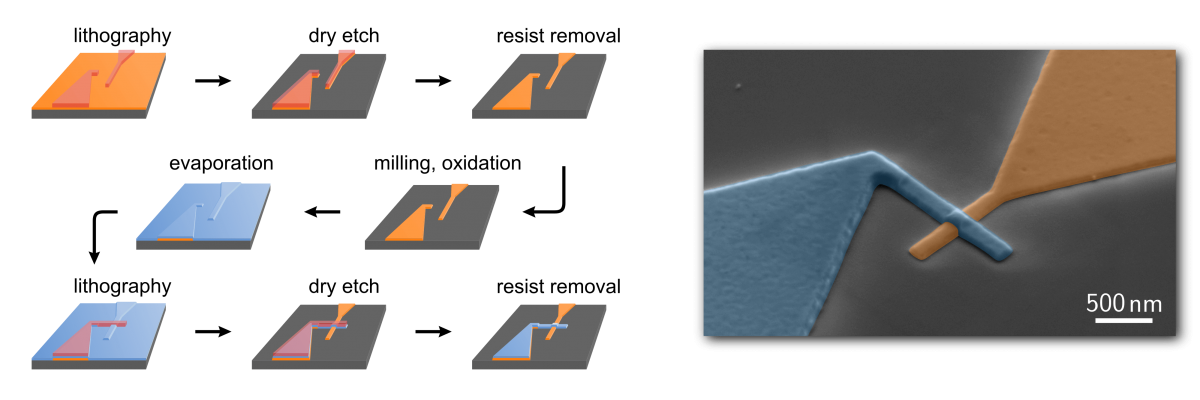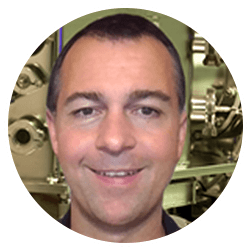 Part of the Oxford Instruments Group
Part of the Oxford Instruments Group
Expand
Collapse
27 October 2020 | Professor Martin Weides | Alexander Stehli
Quantum technologies are using the principles of quantum mechanics to revolutionise areas such as communication, sensing or computing. They are based on quantum superposition a physical system may be in many configurations at the same time, and quantum entanglement paired physical systems interact such that the state of each system cannot be described independently of the state of the others. This technology has seen rapid development over the last year. Today, they are at the verge of industrial deployment, for example with demonstrated real-world application in quantum computing.
Many different hardware platforms to realize quantum computers exist. The ideal one would feature very long-lived quantum states, a large set of different quantum gates executed in a short time, quantum error correction, scalability to many interacting qubits, and is controlled by widely available microwave electronics and operated at room temperature! Sounds too good? Well, superconducting quantum electronics was already shown to match most criteria! And cooling samples down to 1/100th of the temperature of outer space has become very simple with modern cryostats!
Superconducting quantum circuits are the leading approach to real-world applications with quantum devices and quantum computers. Their good scalability, controllability and reproducibility make them great building blocks for commercial applications (most IT majors have established research activities), and basic research activities. Globally, increasing the qubit lifetimes as well as enabling manufacturing capabilities toward industry-grade processes with high-yield and high-throughput were pursued over the last couple of years, with increasingly rapid progress. At times it has been challenging to keep an overview!
Our circuit fabrication is based on the incredible technology developments for complex integrated semiconducting circuits, such as CMOS microelectronic devices. It requires access to micro and nanofabrication facilities including cleanroom facilities, such as our James Watt Nanofabrication Centre at the University of Glasgow being equipped with shared tools for lithography, etching, deposition, and metrology of chips. Usually, the superconducting quantum circuit fab requires an evaporation tool with a bespoke sample stage to realize the key component of our qubits, the Josephson tunnel junction. Recently, we demonstrated long coherent quantum circuits made with a much simpler approach.
Traditionally, Josephson tunnel junctions for superconducting qubits are fabricated using lift-off processes, thus suffer from outgassing of the resist, and parameter spreads across large wafers. The electrode materials are limited to metals with low melting temperatures and point-like evaporation sources. The incorporation of contaminants, and their diffusion, can cause significant drifts in parameters, the junction ages!

Our junction manufacture technology eliminates resist from the evaporation chamber. In contrast to lift-off technologies, the Josephson junctions are patterned solely by dry etching – enabled by the precise timing and control of the etching plasma (on our Oxford Instruments PlasmaPro 100 Cobra). This fabrication platform is fully compatible with deposition at elevated temperatures, as well as homogeneous, or epitaxial material growth. This also opens the door to more exotic junction materials and topologies. Another perk is very low ageing of the Junctions – a result of clean interfaces devoid of resist residues. A great step in quantum circuit fabrication and to enable fundamental research and development in integrated systems and into complex products!
Reference
Coherent superconducting qubits from a subtractive junction fabrication process; Alexander Stehli, Jan David Brehm, Tim Wolz, Paul Baity, Sergey Danilin, Valentino Seferai, Hannes Rotzinger, Alexey V. Ustinov, Martin Weides; https://aip.scitation.org/doi/full/10.1063/5.0023533
If you would like to learn more about Superconducting Qubits and Quantum Circuits, take a look at our Quantum Technology Solutions.

Alexander Stehli
Karlsruhe Institute of Techology

Professor Martin Weides
The University of Glasgow
2020
2019